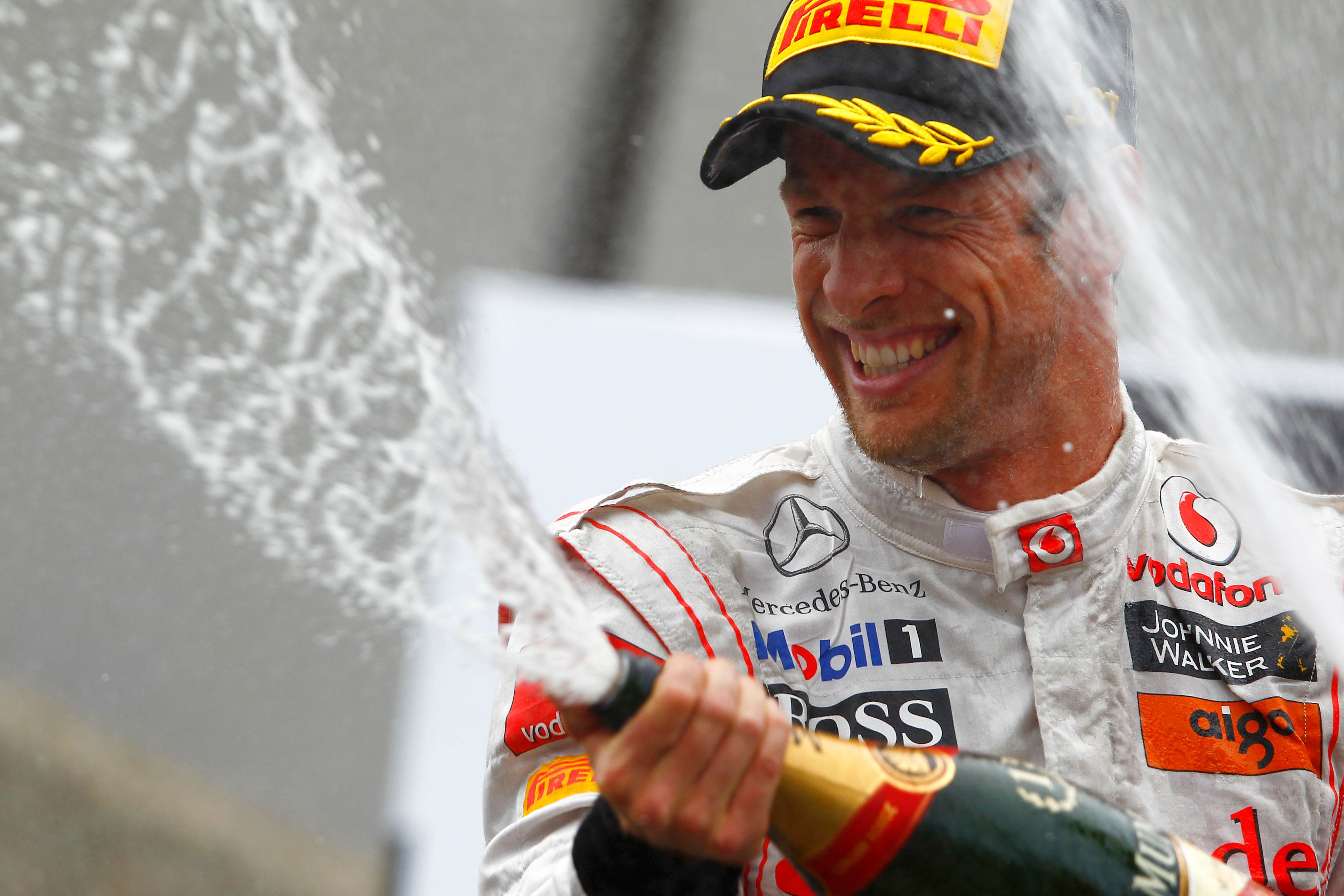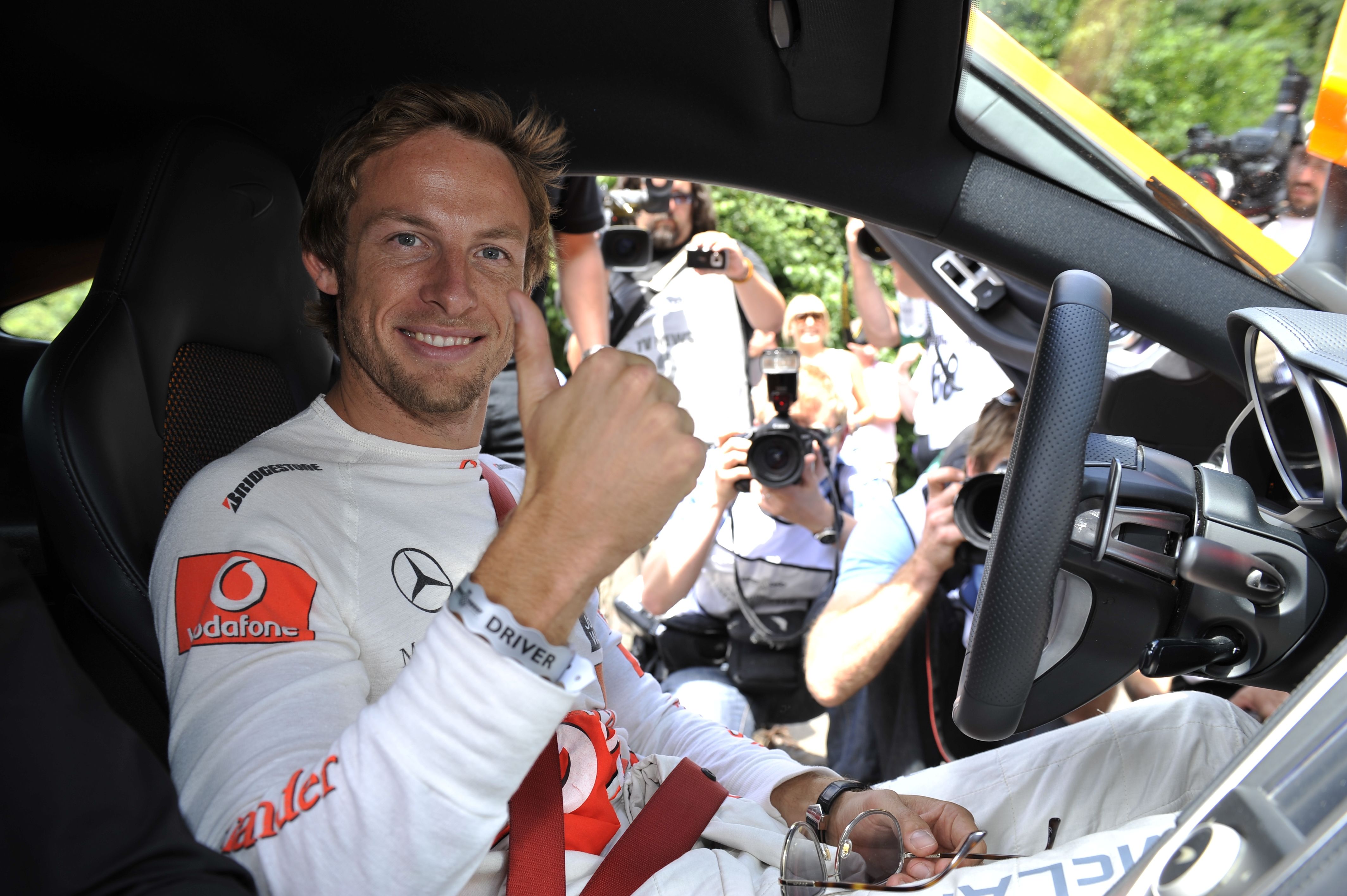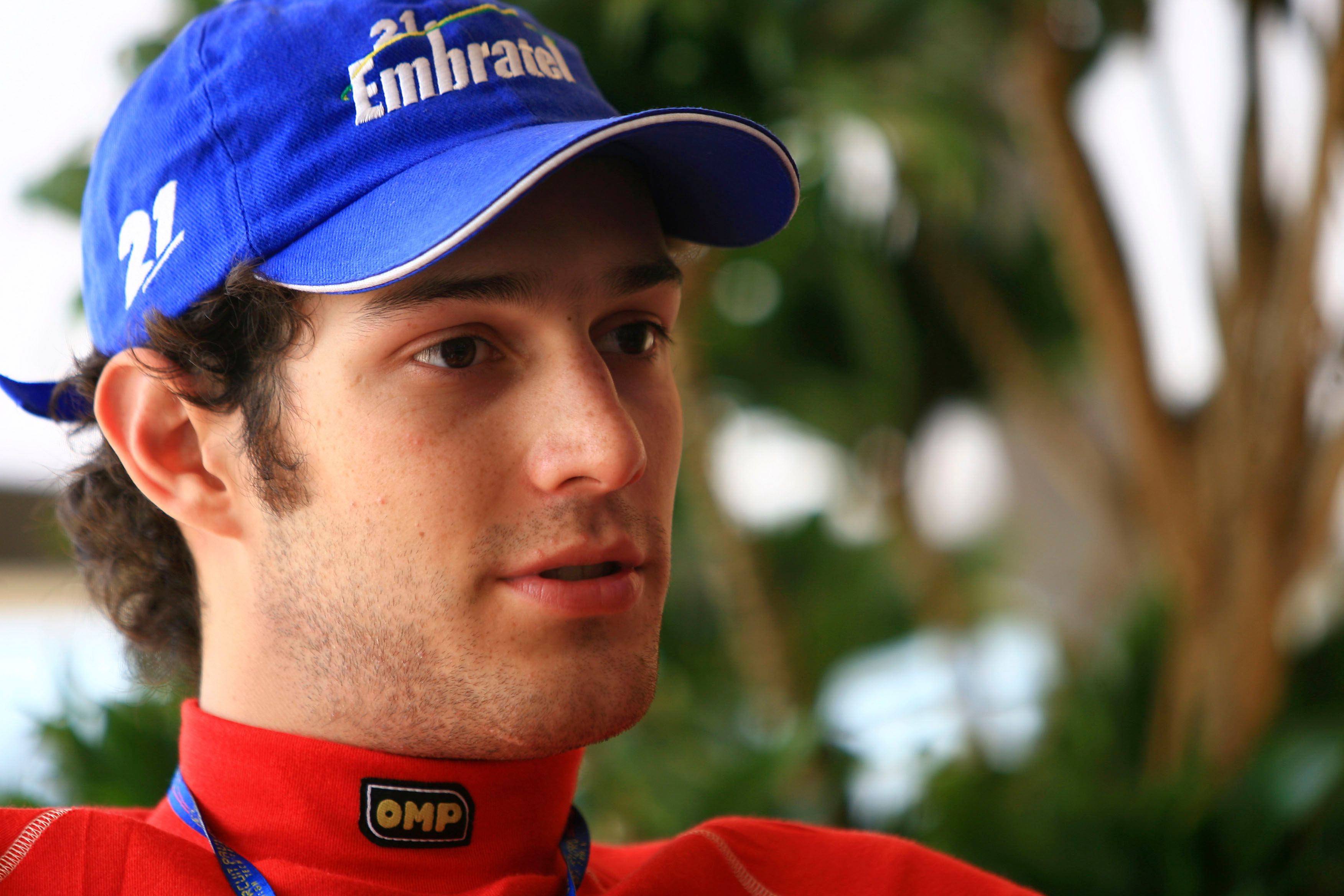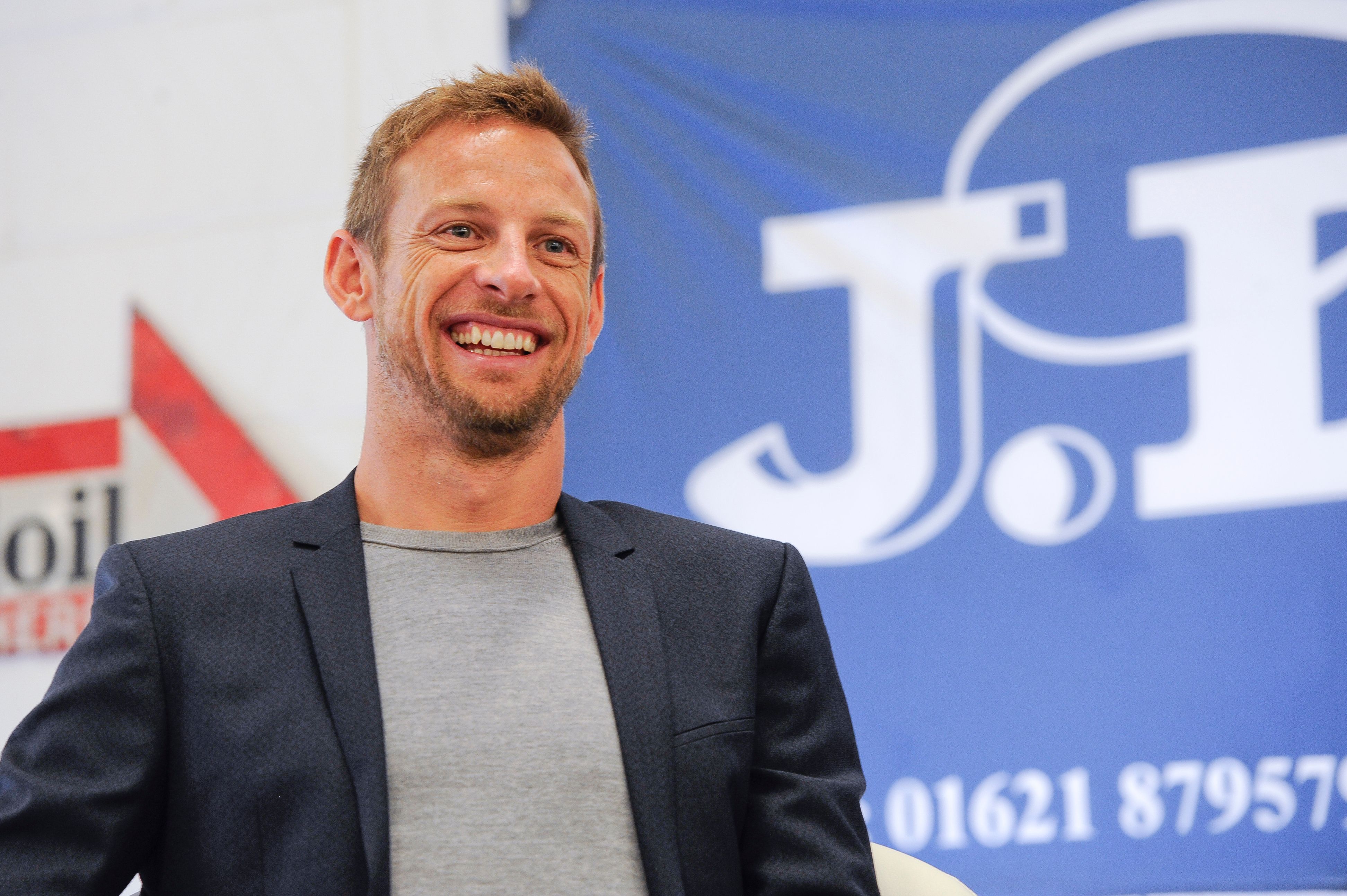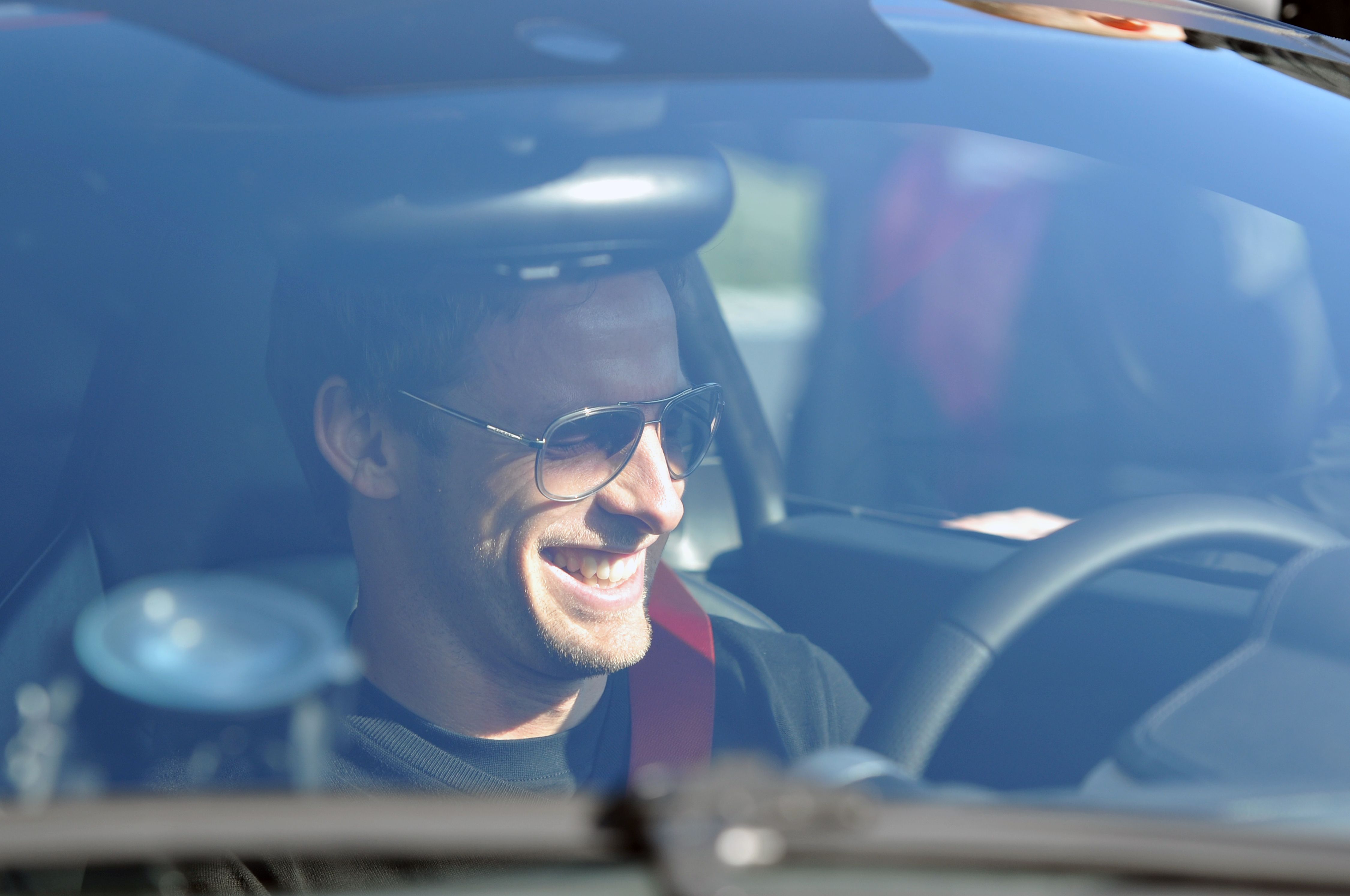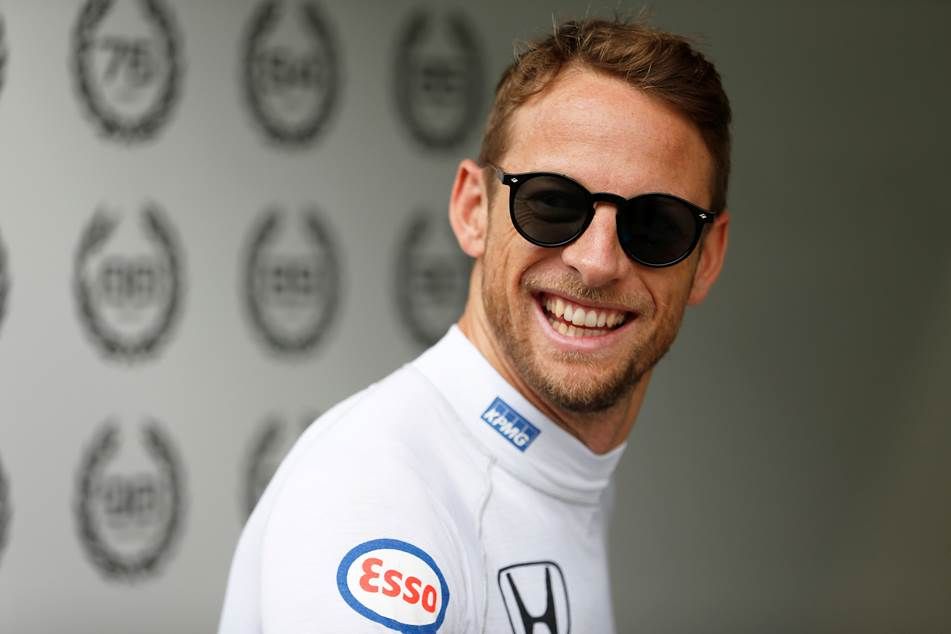Jenson Button continues to charter the unknown in his post-F1 career and, after tackling the Japanese Super GT Championship and coming home with the champion's crown and also taking a stab at Le Mans, the Briton will now race in the legendary Baja 1000 off-road race. To prepare, he and his outfit, Rocket Motorsport, will partake in next month's Mint 400 aboard an 850 horsepower Brenthel Industries Truck.
This year, Ross Brawn and Jenson Button will celebrate a decade since the small British F1 team built by Brawn, formerly of Ferrari, from the ashes of the Honda F1 project took on the might of Formula 1's top brass and beat'em all in its first and only full season of racing. Since then, many things have changed. Brawn is now part of the team that holds the reigns of F1's future while Button, aged 39, left F1 at the end of the 2016 season and has taken on new challenges since. This one might just be the toughest yet for a man known for his participation in multiple triathlons.
Can a Former F1 Champ Withstand the Rigors of Baja?
Motorsport fans and pundits have been lamenting for years that Formula 1 is like an enclosed capsule keeping drivers trapped within their hundred-page contracts. Older folks keep talking about 'the good old days' when drivers like Jackie Stewart, Dan Gurney, Jimmy Clark or John Surtees would drive anything with four wheels (and even two, in the case of Surtees) in spite of their F1 commitments. Spain's Fernando Alonso, a double World Driver's Champion, proved it can still be done and done in style after winning the 24 Hours of Le Mans last year and the doubling it up by climbing on the top spot at Daytona earlier this year.
Now, Button is relaunching his late father's old karting team, Rocket Motorsports, as a much bigger operation. He's already announced two of the team's programs for 2019, and we're talking about the latest announcement: that Button will compete for the first time in the daunting Baja 1000 race between 19-24 November. He'll compete in the Spec 6100 TT category – for trucks that weigh less than 5,000 pounds.
"It’s certainly going to be a special challenge and something I’ve wanted to try for a long time," said Button, quoted by Motorsport.com. "The idea of 20-plus hours racing off-road is so different to anything we’ve done before, and having watched hours of on-board already, the different types of terrain that we will encounter look unbelievable,” he added. “Driving this truck is like nothing I’ve ever experienced: we’ve only had very limited mileage testing off road, but it feels like we need to learn everything from the beginning again."
To understand what they're really up against, the trio will first compete in the Mint 400 between the 6th and 10th of March. The event, also known as 'The Great American Desert Race, started off as nothing more than a promotional event in 1967 when Norm Johnson organized a duel between two identical buggies to promote the Mint Hotel in Las Vegas. The two buggies ran from the Mint and kept at it across the desert for 600 miles until they reached the Sahara Hotel in Lake Tahoe, California. Due to a change of ownership at the Mint Hotel who still managed much of the organization of the event, the Mint 400 was abandoned after the 1989 edition. Then, in 2008, it was resurrected by long-time sponsor General Tire with help from the Southern Nevada Off-Road Enthusiasts group. As the name suggests, the race is run over 400 miles and you can compete with either buggies, cars, trucks or other kinds of off-road vehicles.
“It’s certainly going to be a special challenge and something I’ve wanted to try for a long time," said Button. "The Mint 400 is the biggest off-road race in the US, so I’m really looking forward to getting out in the desert in Vegas and seeing what it’s all about." Still, the Mint 400 is only a general rehearsal for everyone at Rocket Motorsport for the Baja 1000, arguably the most famous desert race in the world apart from the Dakar Rally.
It's been held over various distances (although the '1000' part has always been in the name) over the years, the first race taking place in 1967.
The history of the Baja 1000
The first running of the Baja 1000 was inspired by some record-breaking trials on the route from Tijuana to La Paz along Federal Highway 1. The first timed run, in 1962, came after Jack McCormack and Walt Fulton of Honda's American subsidiary thought of a novel way to prove the ruggedness of Honda's CL72 Scrambler motorbike. The novel way? To race two examples as fast as possible along the rough terrains between Tijuana and La Paz and see if the bikes survive the tough 950 miles of dirt, gravel, and rocks.
The two asked Bud Ekins for help, and he came up with the route although he didn't actually ride any of the bikes due to his ties with Triumph at the time. Instead, he called in his brother Dave and Billy Robertson Jr. to complete the task. After scouting the route from above, the timed run began just after midnight on March 22, 1962, from La Paz. Dave Ekins was first to reach Tijuana after covering 952 miles in 39 hours and 59 minutes.
Five years later, in 1967, Bruce Meyers, the creator of the Meyers Manx buggy, figured that a good way to advertise the off-road prowess of his VW-based creation would be if he could beat Ekins record on the dusty and rocky route from La Paz to Tijuana. Sure enough, he and Ted Mangels set off on April 19, 1967, and, after 34 hours and 35 minutes they were in Tijuana. The press soon found out about their record-breaking run which sparked the interest of a whole nation in the Baja peninsula and its rough off-road routes. Off-road enthusiasts came in droves to have a go at beating the record but there was a need for an organized racing even. Ed Pearlman seized the opportunity and created the National Off-Road Racing Association to sanction the event which was called 'The Mexican 1000'. It took place on October 31, 1967, and ran over 849 miles. The winners were Vic Wilson and Ted Mangels who covered the distance in just 27 hours and 38 minutes with another Meyers Manx buggy.
As the event grew bigger, it started to attract important names from the world of racing and beyond. Parnelli Jones, the 1963 Indianapolis 500 winner (among many other accolades), won the Baja 1000 on two occasions, in 1971 and 1972. Both times, he was partnered by Bill Stroppe aboard the 'Big Oly' Ford Bronco, one of the first purpose-built off-road trucks made for desert racing. "Jones and Stroppe had to find a way to keep their vehicles in one piece. During races, Jones would push the vehicles at maximum speeds until they gave way, with Stroppe telling him at top volume the entire time to take it easier on the vehicle." That's what created the need for a purpose-built vehicle that would hold together. Nowadays, many of the vehicles in the Baja 1000 are purpose-built and, in spite of that, the attrition ratio is rather high.
Why does it matter?
First of all, it's always cool when a driver that's been doing one thing throughout his career, namely road racing, decides to get out of his comfort zone and pick something up which is completely new, which he needs to start learning from scratch as he's unable to back on any of his previous experience. This is Jenson Button's position right now. It's going to be tough for the 2009 World Champion, especially since he'll have a lot of rivals to think about. The 6100 class features 48 other trophy trucks and, most likely, it will be crowded at the Baja 1000 too. There are four other Brenthel trucks, all with spec (sealed) V-8 engines as per the class' rules which also force you to have a solid rear drivetrain and two-wheel drive.
What are Button's other plans in 2019?
Button won't partake in the greatest oval race in the world, but his team's plans also include a full-season assault in the most competitive GT3 championship in the world, the European-based Blancpain GT Endurance Series. Rocket Motorsports will partner with RJN Motorsport, a British team that's been associated for years with Nissan, to run a Honda NSX GT3 Evo in the Silver Cup class in all five rounds of the championship, including the 24 Hours of Spa-Francorchamps. There, if things go according to plan, there's a slight possibility for the team to bring a second car. It's unclear who'll drive the sole NSX, which is painted in the recognizable Brawn GP white-and-dayglo-yellow colors, but Rocket said they're aiming to bring young, up-and-coming drivers to their ranks. The Silver Cup class only allows for silver-rated drivers to compete. These drivers are semi-pros and can be either downgraded pros or young drivers who haven't yet competed enough (or won enough) to be awarded the gold or platinum rating on their FIA driver's license.
It's unknown at the moment if Button himself will jump in the NSX GT3 Evo but, if there's a chance he'll do it, he probably will take the opportunity to drive the car's second entry for Spa if it will materialize.
What we know is that Button will skip the upcoming two rounds of the FIA World Endurance Championship. He took part last year in the Silverstone, Fuji, and Shanghai rounds besides Le Mans. The BR Engineering LMP1 prototype entered by SMP Racing finished third overall in the Six Hours of Shanghai and Button is currently tenth in the standings. He will skip the Sebring 1000-mile race as well as the Spa-Francorchamps Six Hours due to a clash of commitments. He should be back for the second 24 Hours of Le Mans race that will bring to an end the 2018-2019 FIA WEC super season. Also, Button could be back in the Super GT to defend his crown.
By the time he became champion, Button had been racing in F1 since 2000 when he got his break with Williams-BMW. He recorded his first points-paying finish in only his second GP (the first he actually finished) but it wouldn't be until 2004 that Button actually climbed on the podium. In 2004, driving the BAR-Honda 006 he finished third in the driver's standings behind Ferrari team-mates Rubens Barrichello and Michael Schumacher. That year, he finished on the podium 10 times out of 18 starts but never won one Grand Prix. That elusive first victory came in 2006 in the Hungarian GP where Button started from 14th on the grid after a 10-place penalty for changing the engine pre-race. He also finished third in the final round in Brazil, again from 14th.
After becoming world champion, he was picked up by McLaren to partner 2008 champion Lewis Hamilton. Button won twice in his first year at McLaren, but there were better things were mapped out for him as in 2011 he won three times (including that prodigious performance at the Canadian GP in the wet) on top of nine other podium finishes. Sadly, he came short of winning the title, beaten in the end by Red Bull's Sebastian Vettel by 122 points. The German won 11 times, proving once again that he was the master of the blown diffuser era.
Further reading
Read our full review on the 2016 Honda Ridgeline Baja Truck
Read our full review on the 2017 Ford F-150 Raptor Baja

